What is a Montessori Material?
We hear a lot of talk about the Montessori materials, but what exactly are those materials? How do we determine if something "qualifies" as Montessori or not?
There is actually a list of characteristics that must be considered when creating a Montessori material. Dr. Montessori developed this list because she knew that science is always advancing. The materials she developed in the early 1900s would necessarily need to evolve as our understanding of the world and human development grew.
At the top of her list is the age and abilities of the student (from birth to dementia care). All materials must be sized to match the size of the humans they are designed to teach and also be matched to the capacities of those humans. So, the materials will necessarily differ when used to teach young children as compared with adolescents or adults.
Beyond that core, the material should have most if not all of the following attributes.
-
Self-teaching (auto-didactic). In Montessori, we say that it is the materials that teach. The teacher (more commonly known as a Guide) is there to inspire the child to use the material and show them how to use it. But, it is not the teacher who teaches. It is the student's repeated, uninterrupted experience, using the materials towards their intelligent purpose, that leads to learning.
-

Control of error. The material should allow the student to discover and correct their own errors without the need of teacher intervention. When an authority figure comes in and offers a correction, there is a chance that that will trigger an acute stress response in the student. Think about when your boss or parent tells you you are doing something wrong. How well can you hear that? But, if your friend tells you, it's usually not a big deal and seen as helpful, right? So, in Montessori, we try to let the students discover and fix their own errors. Designing activities that allow the student to recognize their errors without help is key. For example, the three-part cards (developed by Mario Montessori) are a reading activity where students (1) layout an image of an object, (2) read a word label and match it to that image, and (3) use a control card (which includes the image and it's name on one card) to check their own work. The control card acts as the control of error. So, if a student places the label peach under a picture of a watermelon, the control card will show them that they are wrong. No one else needs to be involved. We learn so much more from seeing our own errors than from being corrected by others.
-
Intelligent/Purposeful uses. If you agree with the concept that the materials teach the student, then the student must have ways of using the material, repeatedly, that encourages them to master what the material presents. Typically, the adult teacher/guide will show the student specific ways of using the material. But, sometimes, the student learns by watching other students or by receiving a lesson from another student. The key here is that there are specific ways of using the material towards an intelligent end. For example, the number rods are lined up, aligned on the left, to help children learn about quantity and its connection with length (e.g., the one rod is incrementally smaller than the two rod and the three rod, etc.). If a child picks up a rod and uses it like a lightsaber, that is not an intelligent end! It's not helping the child to understand what it is that the material teaches. So, when we see a child do this, we might approach them and say, "I love Star Wars too! But, the number rods are so special. We have to use them for counting work. Let's carefully put this back and I'll show you again how we use them beautifully."
-
Movement. Humans need to move. Period. At all ages, but particularly in early childhood, movement must be incorporated into the activities. This is the reason why you don't see children sitting lined up at desks in Montessori classrooms. Movement is not just a biological need, it is a way to help maintain the student's interest in the materials and extend their attention span. When a student uses a material that requires complex movement, the child must be aware of and focused on their movement in order to achieve the desired end. Dr. Montessori called this type of movement "synthetic movement." Think about it like a choreographed dance. There are certain steps we must remember when we do the complex activity of flower arranging. It's like a ceremony where there is a place for everything and a logical sequence to follow in order to elegantly complete the activity. Memorizing and practicing this movement pattern strengthens the brain in innumerable ways.
-
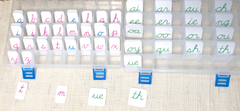
Isolation of a stimulus. Each material and lesson slowly adds in one more level of complexity. Why? Because we are always trying to isolate the concept being taught. So, for example, the first time we teach children how to use the moveable alphabet, we don't actually write any words. Instead, we just show them how to carry the box and take letters out of and put letters back into the box. Why? Because for a four-year-old, that is a complex series of movements, right? And if we skip this step, you will see alphabets being dropped all the time. Then, the children become averse to using the alphabets; they associate them with disaster. See how that happens? But, if we isolate one concept at a time, we prepare the student to succeed with whatever it is they are doing. So, one thing at a time is always the motto. It's better that the student thinks they are too smart for the work than that the work is too smart for the student.
-
Refinement of the senses. In the big picture, this means going from greater contrasts to finer gradations of difference. This concept is particularly relevant for early childhood, the time when the brain and body are synchronizing sensory perception. As an example, think about the fine art cards. We introduce cards that show art from around the world first and then hone in on art from the child's continent and then go deeper into many examples of art from within one continent. See what I mean?
-
Vocabulary. We always want to teach the student the names of everything we offer them. This is particularly important in early childhood where the child is in a sensitive period for learning language(s). But, in early childhood, we actually give the children a physical experience with an object before we name it. For example, when we introduce the geometric solids (like a three-dimensional cone, cube, rectangular prism, etc.), we guide them to touch and feel the objects first before we name them. And, when we introduce a practical life activity (something we do every day), we show the movements of the activity without any language at all so the child can focus on movement. Then, once they have experience with the items involved, we give three-period lessons on everything.
-
Materialized abstraction. This may be the coolest concept Dr. Montessori discovered. It refers specifically to math and sensorial materials because those represent abstract concepts in a concrete way. When we think about color, for example, we can't find anything that is red without being a red something. So, Dr. Montessori designed color tablets that are identical in every way except for their color. That makes the abstract idea of red a real thing. See what I mean?
-
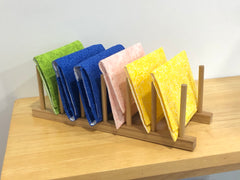
Aesthetically appealing. Because we are inspiring students to use the materials rather than requiring them to do so, we need the materials to be enticing. They need to be beautiful, clean, and in good order. No one wants to pick up dusty cards! That's why things like cloth pouches to protect and beautifully display materials are so important in Montessori environments.
-
Indirect preparation. While many Montessori materials directly prepare a child for something (like the phonetic 3-part cards prepare them to read books independently), some materials are creating a foundation that is somewhat indirect. So, by showing a child how to scrub a table, we are actually indirectly preparing their hand to use a pencil. How? Because we show them to scrub in circles (like cursive handwriting) from left to right and top to bottom (the direction of English). It also strengthens their muscles and refines their motor coordination so they can control their hand in space. And yes, we are this thoughtful about everything we do in the classroom! That's what we call a prepared learning environment.
-
Repetition. We've all heard the phrase, "practice makes perfect." But, in neuroscience, we say, "practice makes permanent." Anything we do repeatedly the brain gets more efficient at doing. So, the materials should allow and even invite the child to repeatedly use them.
-
Diagnostic value. A key aspect of the Montessori approach (which is actually just the scientific method applied to education) is the importance of observation in understanding the humans we are working with. We must observe their behaviors to learn what we can about their developmental needs. The materials can help us do this. So, for example, if we suspect that a child may have a hearing challenge, we notice if they are able to place items down without making a sound, if they notice that something is noisy, if they can hear the difference in the sound cylinders, etc. Because the materials isolate a stimuli, they also isolate a possible learning roadblock or challenge. By observing how the student is able or not able to interact with a material, we open a window into that student's development.
-
Memory training. In everything we do, we are subtly training the student's attention and memory. We invite them to repeat what they have learned when they use a material again and again. This demonstrates their memory for what they have been shown. Even something as seemingly basic as asking a student to locate a material within the room is challenging their memory.
The materials you already find in an authentic Montessori school have been designed with these characteristics in mind. Each material might not contain every characteristic, but they will embody many if not most of them. The key here is that the materials meet the innate needs of human development, no matter the student's age.
So, before you add anything to the child's environment that isn't in your Montessori Teacher Education Albums, you should consider it from all thirteen of these aspects. We don't want to make the environment overly complex by introducing materials whose purposes are actually already met in other materials. Nor do we want to overlook a unique developmental need that requires a slightly different approach. Really, we have to be scientists and analyze the minutia.
When we are supporting learning/neurodevelopment, the tiny details matter. So, consider these characteristics of the materials and look to your own learning environment. Be skeptical in evaluating what you have made available to the students. Insist that your materials are of the highest educational value. By keeping your standards high, you demonstrate to your students what it means to raise the bar. They will embark on their lives with the bar raised high and that is a good thing.
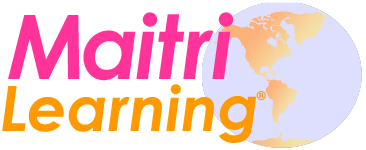

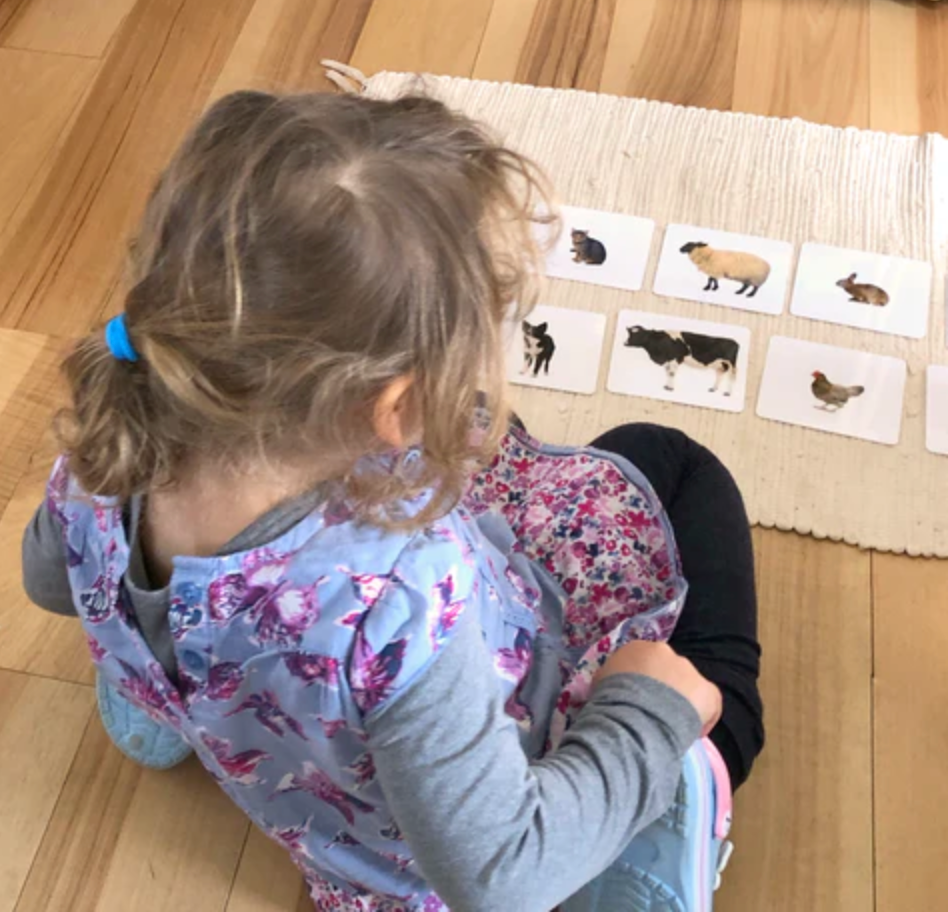

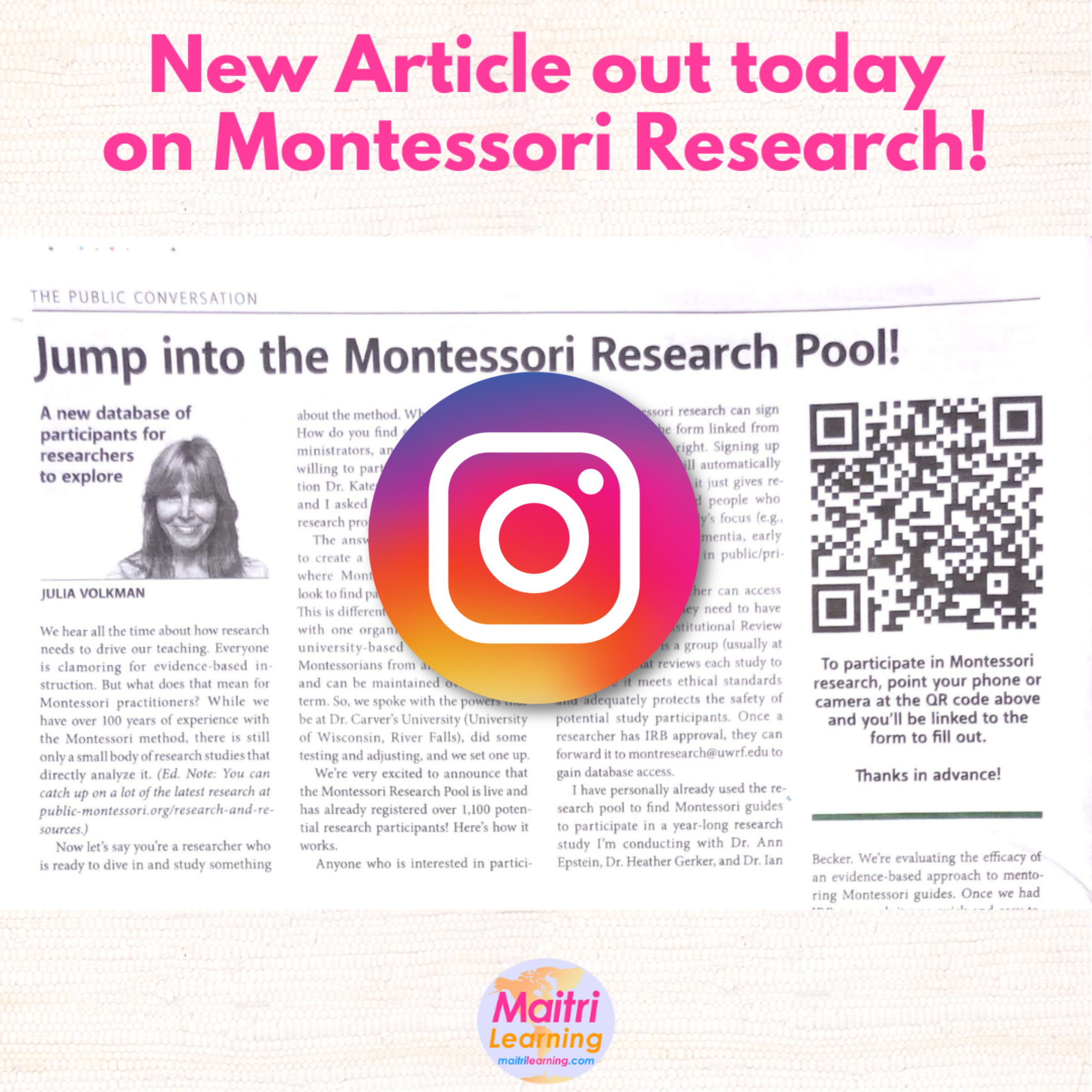

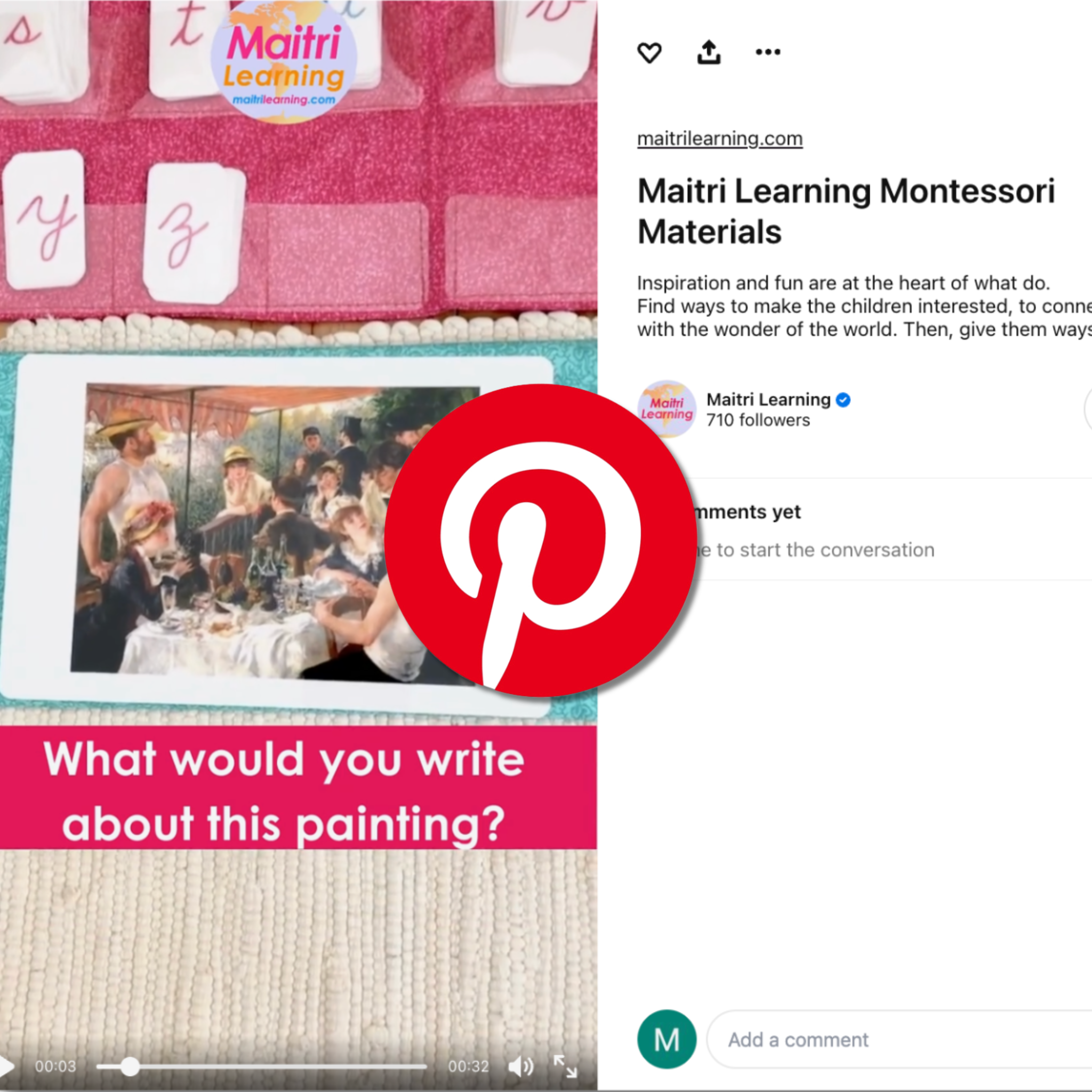
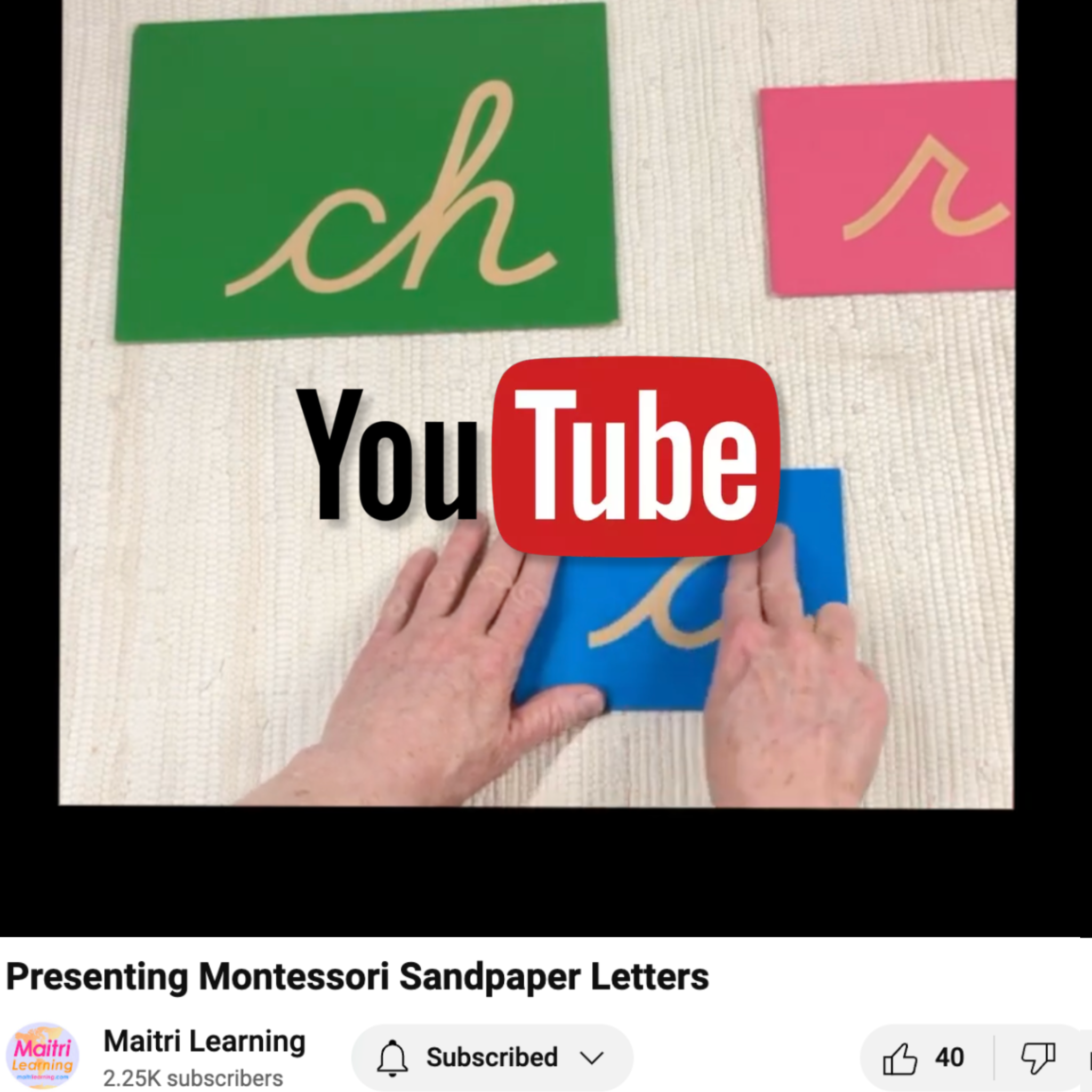
1 comment
As this blog explains beautifully, Montessori materials foster independence, hands-on learning, and deep understanding through a child-centered design approach.
kidscastle
Leave a comment
This site is protected by hCaptcha and the hCaptcha Privacy Policy and Terms of Service apply.